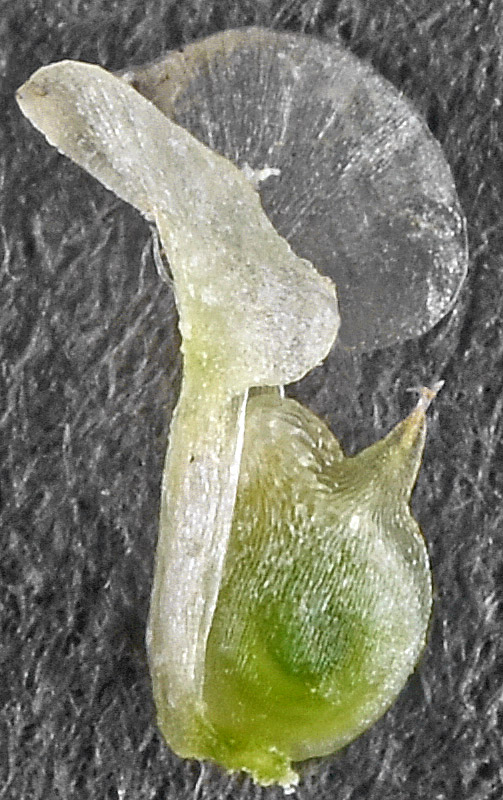A Checklist of the Vascular Plants of Washington State
Hosted by the University of Washington Herbarium, Burke Museum
Hosted by the University of Washington Herbarium, Burke Museum
Checklist »
Amaranthaceae » Halogeton glomeratus
Halogeton glomeratus (M. Bieb.) C.A. Mey.[FNA4, HC, HC2]
halogeton, saltlover
Publication: Icon. Pl. 1: 10. 1829.
Origin: Introduced from Eurasia
Herbarium search: CPNWH
Notes: FNA4: "A noxious and toxic weed in disturbed, barren, alkaline soils, Halogeton glomeratus is able to withstand high concentrations of salinity. It is often associated with Sarcobatus vermiculatus and Atriplex confertifolia and is found in the cold deserts of western United States.
The first collection of Halogeton in the United States was by Ben Stahmann in Wells, Nevada, in 1934. It was not until the fall of 1942, when a herder lost 160 sheep, that the species was recognized as toxic to livestock (J. A. Young et al. 1999)."
References:
» Blackwell, W. H., J. D. Haacke, and C. O. Hopkins. 1979. Halogeton (Chenopodiaceae) in North America. Sida 8: 157-169.
Last updated 10/22/2023 by David Giblin.
Synonyms & Misapplied Names:
Anabasis glomerata M. Bieb.

